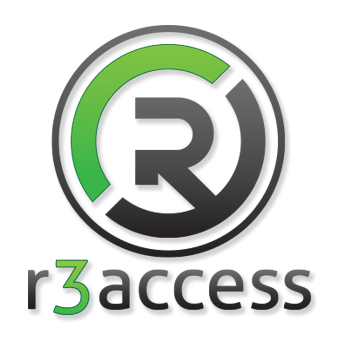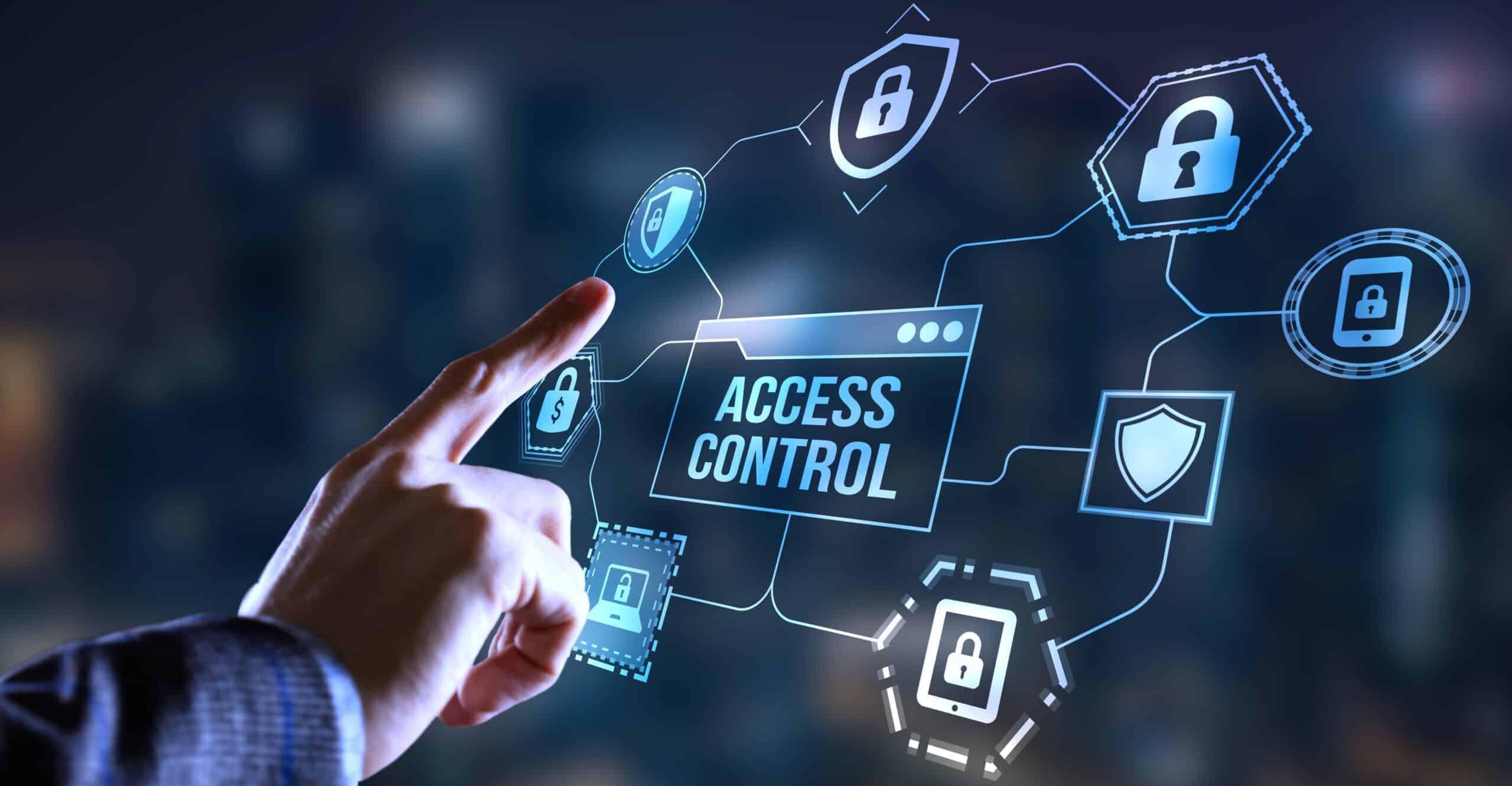In our rapidly evolving world, safeguarding security has never been more crucial. Businesses, from small startups to large enterprises, need a reliable way to protect employees, assets, and sensitive data. That’s where an Access Control System comes in—a smart, technology-proactive solution that controls and tracks entry, allowing only authorized personnel to access designated areas.
Imagine a workplace where security is seamless—no outdated keys, no unauthorized visitors, just complete control at your fingertips. Whether it’s biometric scanners, keycards, or mobile access, modern access control systems provide real-time monitoring, audit trails, and customized access levels to keep your business safe and running efficiently.
From office buildings to government facilities, investing in an access control system means enhanced security, reduced risks, and greater operational efficiency. Take control of your business security today—because safety isn’t just an option, it’s a necessity!
How Does an Access Control System Work?
A modern access control system ensures seamless security by authenticating users and granting or denying access based on verified credentials. By utilizing keypads, card readers, or biometric scanners, businesses can safeguard restricted areas. With real-time monitoring and advanced verification, these systems prevent unauthorized entry and enhance workplace security.
Authentication
Authentication confirms a user’s identity before allowing access. This can be done using keypads, smart card readers, or biometric scanners like fingerprint or facial recognition. Advanced access control ensures seamless entry for authorized personnel while keeping intruders out, making security effortless and reliable for businesses of all sizes.
Authorization
Once a user provides their credentials, the system checks them against a secure database. If verified, access is granted; otherwise, entry is denied. This automated process eliminates human errors and ensures businesses maintain strict control over sensitive areas, reducing unauthorized access risks and improving overall security.
Access Logging
Every entry and exit is automatically recorded, creating an audit trail for security purposes. These logs help businesses track employee movements, investigate security incidents, and maintain compliance with industry regulations. Real-time access logging provides transparency, ensuring full accountability and improved safety for employees and assets.
Control Mechanisms
When access is granted, doors unlock instantly. If denied, entry remains restricted, preventing unauthorized personnel from accessing sensitive areas. Integration with surveillance and alarm systems further enhances security, providing real-time alerts and automated responses to potential threats, making workplaces safer and more efficient.
Related Article: How Cloud-Based Access Control is Revolutionizing Security
Types of Access Control Systems
![]()
Businesses have different security needs, and access control systems offer various models to match. Whether flexibility, strict policies, or cloud-based solutions are required, selecting the right system ensures top-tier security and efficiency.
Discretionary Access Control (DAC)
In DAC, business owners or IT administrators assign access rights. This method is highly flexible, allowing quick permission adjustments. However, it’s less secure than other models since access decisions rely on individuals rather than centralized security policies, making it ideal for small businesses with minimal security risks.
Mandatory Access Control (MAC)
MAC is the most secure option, used in high-security environments like government agencies and military facilities. Only administrators can modify permissions, eliminating unauthorized changes. This rigid structure prevents security breaches and ensures that only the most trusted individuals access highly sensitive areas.
Role-Based Access Control (RBAC)
RBAC assigns permissions based on job roles, streamlining security management. Employees automatically gain access to the areas they need for their work, reducing administrative overhead. This is ideal for large businesses, ensuring consistent security policies and eliminating risks associated with manually granting or revoking access.
Cloud-Based Access Solutions
Cloud-based access control allows businesses to manage security remotely. Administrators can grant or revoke access in real-time, track entry logs, and integrate with other security systems. Scalable and cost-effective, cloud solutions ensure businesses stay protected without the need for physical security infrastructure.
Related Article: Advantages of Cloud-Based Access Control and How It Works
Why Your Business Needs an Access Control System
An access control system isn’t just about security—it enhances operational efficiency, reduces risks, and ensures businesses comply with industry regulations. Here’s why every company should invest in one.
Enhanced Security & Theft Prevention
Unauthorized entry can lead to theft, data breaches, and safety risks. An access control system restricts access to sensitive areas, preventing potential threats. By securing doors, entry points, and confidential information, businesses reduce vulnerabilities and ensure that only verified individuals can enter.
Improved Employee Safety
Workplace safety is a priority. Access control prevents intruders, reducing the risk of workplace violence or unauthorized access to restricted zones. Employees feel safer knowing their workplace has a security system that restricts entry and provides emergency lockdown capabilities when needed.
Operational Efficiency & Cost Reduction
Replacing lost keys is costly and inefficient. An electronic access control system eliminates key-related risks, reducing administrative overhead. Digital credentials allow seamless access management, while automation speeds up entry for employees, improving productivity and security simultaneously.
Regulatory Compliance
Industries like healthcare and finance must follow strict security regulations. An access control system ensures compliance by maintaining secure logs, implementing multi-factor authentication, and restricting unauthorized access to sensitive data. This helps businesses meet legal requirements without manual oversight.
Related Article: Why Businesses are Shifting to Cloud-Based Access Control Systems
Choosing the Right Access Control System for Your Business
Every business has unique security needs. Choosing the right access control system ensures protection, scalability, and seamless integration with other security measures.
Business Size & Needs
A small business requires a different security setup than a large enterprise. Consider your security risks, the number of employees, and the complexity of access levels before selecting a system. A scalable solution ensures your security infrastructure grows with your business.
Integration with Other Security Measures
measures like surveillance cameras, alarms, and motion detectors.
ChatGPT said:
Access control is most effective when integrated with security measures such as surveillance cameras, alarms, and motion detectors. A fully integrated system enhances protection by providing real-time monitoring and immediate response to threats.
Scalability
As businesses grow, security needs evolve. Investing in a scalable access control system ensures long-term protection without requiring costly upgrades. Cloud-based solutions and modular systems make future expansions seamless.
Related Article: Access Control 101: Securing Your Premises Effectively
Gate Access Control for Perimeter Security
Securing your building is important, but perimeter security is just as crucial. Gate access control systems help prevent unauthorized vehicles and individuals from entering restricted zones.
Automated Gate Operators
Automated gates allow businesses to control entry points effortlessly. Integrated with access control systems, these gates provide hands-free operation for employees and visitors while maintaining a high level of security.
Slide & Swing Gate Operators
For businesses with frequent vehicle traffic, slide gate operators and swing gate operators offer seamless access management. These systems are designed for durability, efficiency, and enhanced perimeter protection, ensuring that only authorized vehicles can enter.
Barrier Arm Gates
Barrier arm gates restrict vehicle access to parking lots and sensitive areas. Businesses can control traffic flow, prevent unauthorized parking, and ensure only permitted vehicles gain entry, improving overall site security.
Crash Systems & Anti-Ram Barriers
High-security areas need advanced perimeter protection. Crash-rated barriers and anti-ram systems prevent forceful entry attempts, making them ideal for government buildings, financial institutions, and industries handling valuable assets.
Related Article: How to Choose the Best Automatic Swing Gate Opener?
Residential vs. Commercial Access Control Systems
While residential security focuses on personal protection, commercial access control systems must handle larger-scale security challenges. Here’s what sets them apart.
Centralized Access Management
Commercial systems allow businesses to manage access across multiple locations from a single dashboard. Administrators can assign, revoke, or modify permissions remotely, ensuring seamless security management.
Integration with Surveillance Cameras
Linking access control with surveillance enhances security by providing real-time footage of entry points. Businesses can track unauthorized attempts, receive alerts, and respond immediately to potential threats.
Multi-Factor Authentication Options
In high-security environments, multi-factor authentication (MFA) provides an additional layer of protection. Combining PIN codes, biometrics, or mobile credentials ensures that only verified users gain access to critical areas.
An advanced access control system is more than just security—it’s a smart investment that enhances efficiency, compliance, and overall protection. Upgrade your security today!
Related Article: How to Choose the Best Residential Gate Access Control Systems
Final Thoughts:
If you’re searching for the best access control system – R3 Access Inc. delivers premium security solutions customized to meet your specific needs. We offer biometric access systems, commercial security systems, and high-security gate operators to ensure maximum protection.
Whether securing a business, gated community, or industrial facility, our advanced technology guarantees seamless access management and enhanced security. With cutting-edge solutions and expert installation, we help safeguard your property while improving efficiency.
Trust R3 Access Inc. for reliable, scalable, and future-proof security solutions. Contact us today to find the perfect access control system for you!
FAQs:
What Is an Example of Access Control?
A keypad entry system requiring a PIN code is a simple yet effective access control example. Users enter a unique PIN to verify their identity before gaining access. This method is widely used in office buildings, apartment complexes, and high-security areas to restrict unauthorized entry and enhance overall security.
What Is the ACS System?
An Access Control System (ACS) is a security framework designed to manage and restrict entry to buildings, sensitive areas, or digital networks. ACS verifies user identities through keycards, biometrics, PINs, or mobile authentication. It prevents unauthorized access, tracks entry logs, and integrates with security systems to enhance overall safety and operational efficiency.
What Are the Five Steps of Access Control?
Access control follows five essential steps: Identification, Authentication, Authorization, Access Logging, and Monitoring & Maintenance. These steps ensure that only authorized users can access secured areas while providing a record of all entries and exits. Businesses use these protocols to maintain security, prevent breaches, and manage access efficiently.
What Are the Three Main Categories of Access Control?
Discretionary Access Control (DAC), Mandatory Access Control (MAC), and Role-Based Access Control (RBAC). Each method regulates access based on different security policies, ensuring that only authorized individuals can enter restricted areas or access sensitive information within an organization.


